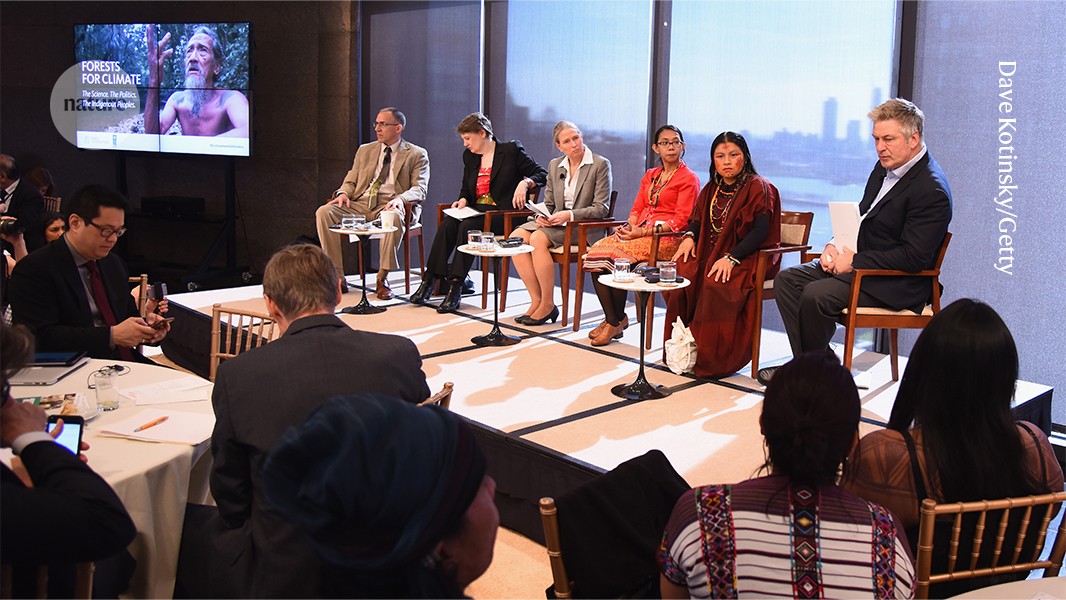
"Such conferences typically provide crucial networking opportunities for scientists from marginalized backgrounds, including Black, Latino and Indigenous researchers. Fewer people attending this year means fewer chances for students and scientists to advance their careers, says Allen Pierre-Louis, a physicist and PhD student at Duke University in Durham, North Carolina. "This is another leak in the pipeline that was already not in a great place.""
"Fewer than 700 scientists - compared with last year's 1,100 - gathered last week at a joint meeting of the National Society of Black Physicists (NSBP) and the National Society of Hispanic Physicists (NSHP) in San Jose, California. And last month, there were only a few thousand attendees, rather than the usual 5,000-6,000, at a multidisciplinary science conference in Columbus, Ohio, organized by the Society for the Advancement of Chicanos/Hispanics and Native Americans in Science (SACNAS)."
Several US conferences that serve scientists from under-represented groups experienced lower attendance this year after funding cuts and administration directives targeting DEI initiatives. These meetings supply vital networking and career-advancement opportunities for Black, Latino and Indigenous researchers and for students. Attendance fell to fewer than 700 at the NSBP/NSHP joint meeting (down from 1,100) and to a few thousand at the SACNAS conference (down from 5,000–6,000). Federal agencies reduced on-site presence and travel funding for students has dried up. Leaders warn that the reduced access and support further weakens an already fragile pipeline into science careers.
Read at Nature
Unable to calculate read time
Collection
[
|
...
]